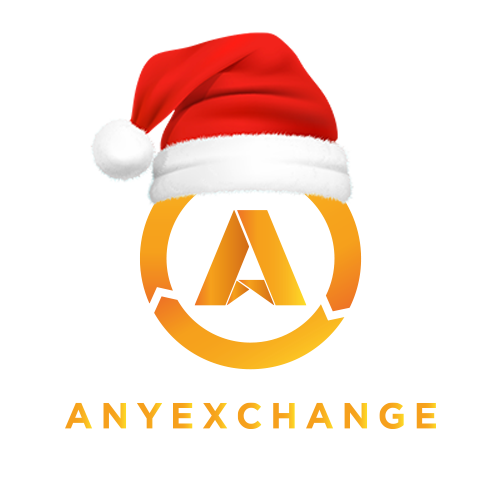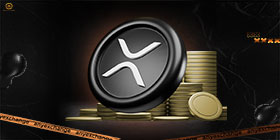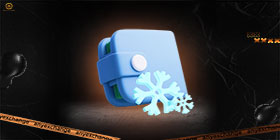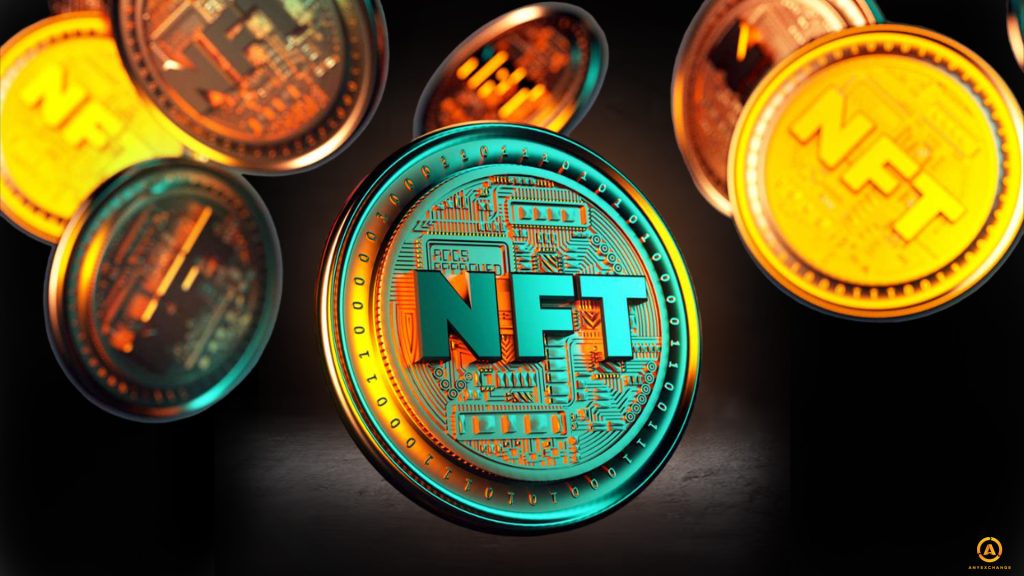
Lack of liquidity is one of the main problems of the NFT market. Such tokens are characterized by the complexity of valuation and the lack of standardized data formats and metadata, which makes it difficult for the creator of an NFT to assess its objective value, for the buyer to make an informed decision about acquiring the asset, and for the trading platform to create optimal conditions for trading. All calculations in the trading chain become difficult because they are based on subjective judgments without access to meaningful data.
As a result, we are dealing with a highly fragmented market consisting of thousands of disparate and collectible NFTs that do not lend themselves to objective valuation that can be translated into money. The combination of these factors makes it currently impossible to get an accurate picture of the value of an individual asset and the market as a whole, and negatively affects their liquidity.
Of course, the market does not stand still and offers various ways to solve the problems of low liquidity. More and more financial mechanisms are appearing that successfully combine NFT and DeFi. These new instruments clearly demonstrate that NFTs can be designed not only for buying, selling and holding, but can also be used as a liquid asset in many different forms of financial relationships.
Let’s take a look at what improvements have already been made to improve liquidity in the NFT market, the current state of the industry, and what the near future holds for the non-interchangeable token ecosystem.
What are NFT tokens?
NFT (non-fungible token) differs from cryptocurrency (fungible tokens) in that it is unique and has a subjective value. Cryptocurrencies have identical characteristics and can therefore be exchanged according to a uniform procedure, while NFTs are a unique, separate set of parameters for which there is no full-fledged analog.
NFTs are tokenized proof of ownership of unique art, collectibles or copyrighted content (images, audio or video, virtual objects, game items, etc.), the value of which is based on the degree of uniqueness and rarity of the NFT.
NFTs are purchased for a variety of reasons: to support a musician or artist, to add to an art collection, to enjoy a new in-game item, or to sell at a better price in the future and make money. NFT opens new horizons for creative people to monetize their works, supporting the development of the art sector and innovation in blockchain technology.
NFT loans
This tool is actively used and provides a way to quickly obtain liquidity without selling assets: instant access to borrowed funds is provided by using NFTs as collateral.
Collateralized NFTs are included in the smart contract supporting the loan. This type of loan transaction can be more favorable for the token owner than traditional cryptocurrency loans. The process is similar to a traditional loan: the borrower must repay the lender the principal and the agreed interest under the terms of the debt obligation set forth in the smart contract, after which the NFT is unlocked. In the event of default, collateralized NFTs become the property of the lender (subject to liquidation). The main difference between an NFT loan and a cryptocurrency loan is the complexity of valuation: non-mutually exchangeable tokens without a stable history on the secondary market have a subjective value, the valuation of which by traditional algorithms can be controversial.
The main types of NFT lending are:

Situation on the NFT market
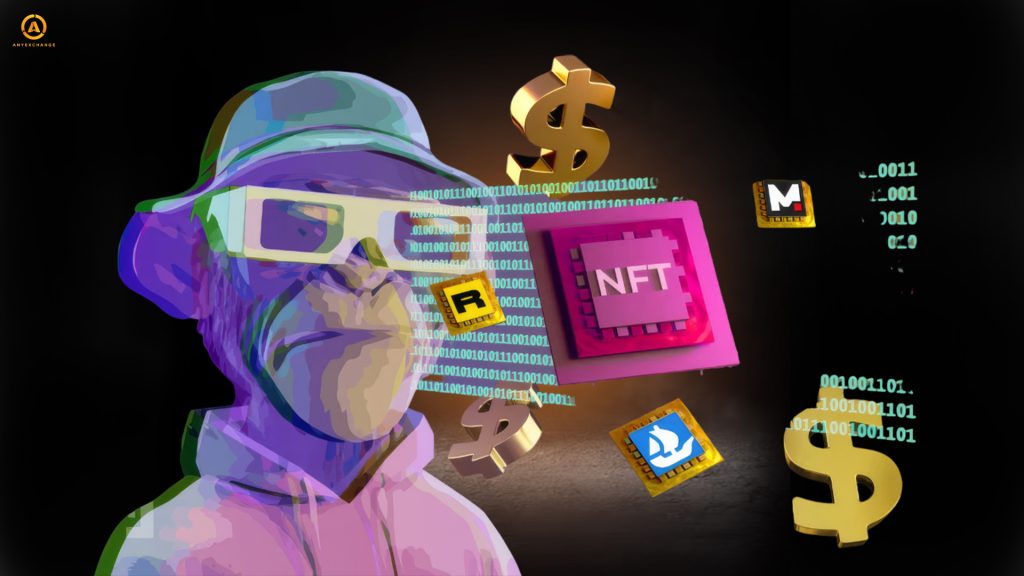
According to analytical data, the NFT market is less volatile than the traditional cryptocurrency market and reacts to its changes more softly and with some delay.
At the intersection of 2021-2022 we observed a pronounced bullish trend in the sector, triggered by the rise of Bored Ape Yacht Club (BAYC) and other Yuga Labs projects. By the way, in addition to the success of its own collection, the studio bought the copyright to the famous CryptoPunks series from its main competitor Larva Labs. At that time there was a real buzz on the NFT market, which was mainly caused by the novelty effect and super successful marketing actions around BAYC. As part of the campaign, celebrities provided the studios with stunning media coverage, gushing over the newly acquired “bored monkeys” as true masterpieces of NFT digital art.
In the second half of 2022, the NFT sector entered a cooling phase due to the general downturn in the cryptocurrency market. And already in 2023, according to CoinGecko reports, NFT sales volume could not even reach half of the 2022 level, falling from $26.3 billion to $11.8 billion. So, for a year and a half, the market has been in a gradual decline, without sharp collapses, but along a gradually declining curve.
Today, Ethereum maintains its leadership in terms of number of transactions and remains the largest Layer-1 solution for the NFT market with at least 50% share. Solana and Polygon continue to compete with around 10% of NFT volume.
As for the NFT marketplaces, the situation changed dramatically with the entry of the innovative platform Blur, which combines the functionality of an innovative exchange and an NFT aggregator. The project quickly took away the dominant position of OpenSea, which was the No. 1 trading platform for NFTs until the end of 2022. Blur positioned itself as a platform for the rapid provision and verification of NFTs while providing real-time price tracking, comprehensive portfolio management and NFT comparison capabilities. As a result, Blur has 80% of the market at the end of 2023, while OpenSea, with its current 18% share, entered the new year with a 50% reduction in staff and the withdrawal of funds from the exchange by major investors. At the same time, NFT’s Q3 2023 revenue was the lowest in all three years (<$300 million).
However, in the first months of 2024, we are witnessing the process of recovery of the non-fungible token market. The sector manages to demonstrate monthly trading figures not lower than $1 billion, and analysts predict that the NFT market has entered a phase of long-term growth. In March 2024, the average daily trading volume has already reached $45.65 million. NFTs on the Ethereum blockchain continue to attract the most investor interest, despite the continued rise in bitcoin values. This month, the minimum price for the first NFT bitcoin collection called NodeMonkes increased tenfold. And now it is among the top five in terms of capitalization, joining the legendary CryptoPunks and Bored Ape Yacht Club.
This year’s positive momentum is largely due to the rapid growth of the cryptocurrency market as a whole. Earlier this year, bitcoin surpassed its all-time high, and the halving of the world’s first and largest coin will undoubtedly bring additional positive momentum to the entire decentralized financial ecosystem.
The future of NFT
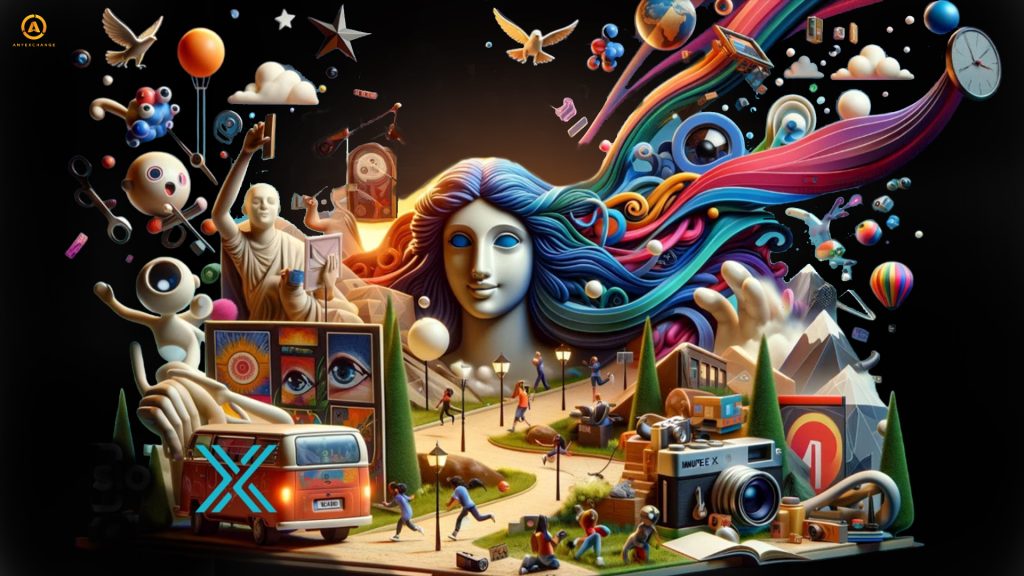
Obviously, there are still no objective conditions for a new leap of NFT in the overall market structure, and most likely the sector will follow the general trends of blockchain systems after overcoming the wave of past hype. And this is a great stage for the development of non-fungible tokens, as the bright start and rapid growth should be followed by qualitative changes that will allow to measure the true value of this type of assets. The value of NFTs will not be determined by speculative marketing, but by teams of analysts, developers and designers who will be able to realize optimal scenarios for the creation of NFTs and their operation. The emergence of platforms such as Blur demonstrates an evolutionary shift in user preferences, who want to see NFTs as assets whose value is calculated based on objective data rather than subjective attitudes. New development trends aim to increase the liquidity of this type of token by lowering tax barriers, increasing functionality and improving the user journey.
Some hope is also placed on market growth through NFT-enabled games. Web3-enabled games will give players access to NFTs as an element of a better gaming experience (as an integral part of the game, not just a novelty), which will significantly expand the applicability of non-fungible tokens.
The challenges facing the NFT market inсlude:
Thank you for reading our article. Invest safely and profitably!
AnyExchange is a cryptocurrency exchanger that has been successfully operating for more than 5 years. On our platform you can exchange digital assets at the most favorable exchange rate . We work with both electronic money and cash and make money transfers
all over the world.
